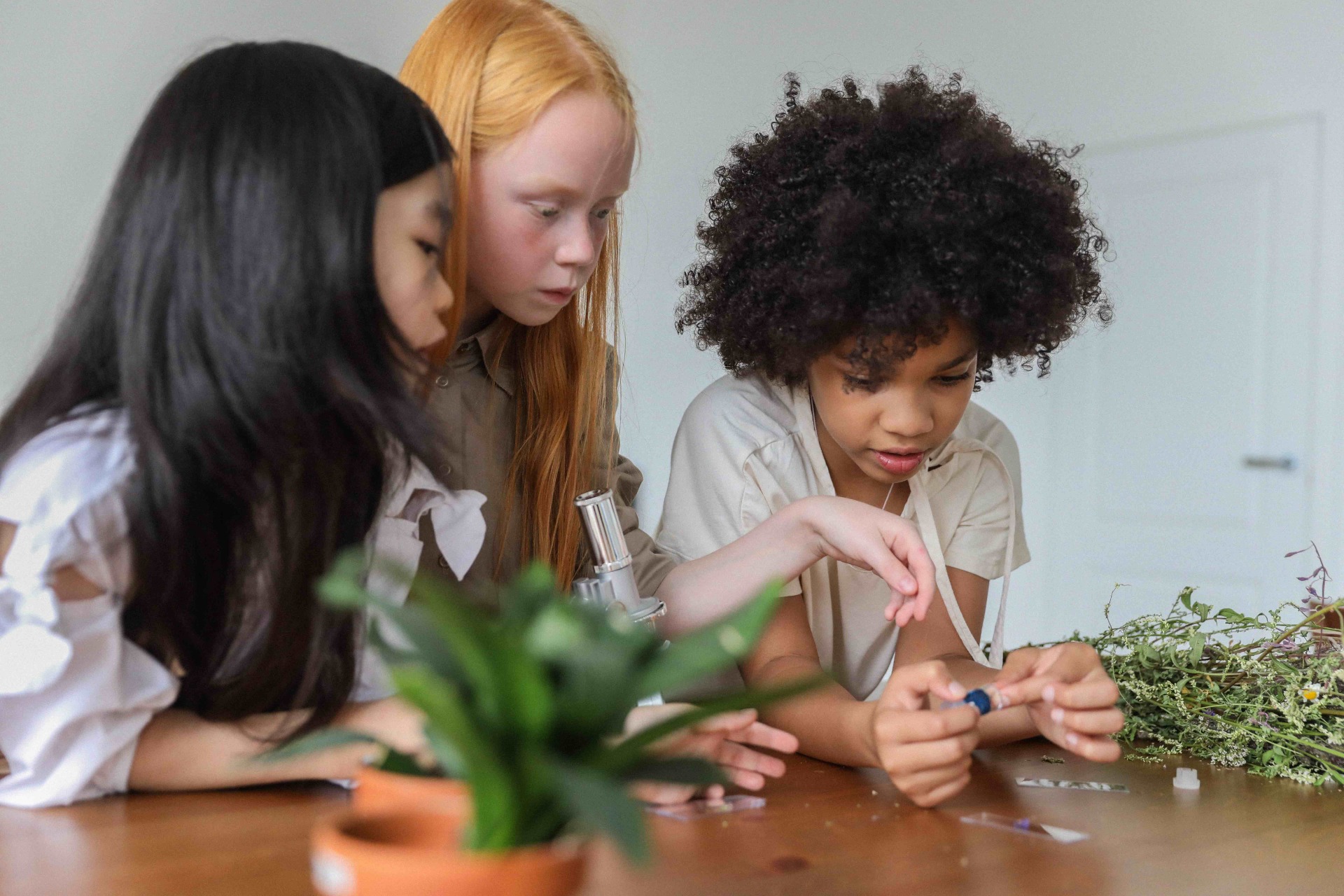Phenomena for NGSS

Among the guiding principles described in the Framework for K-12 Science Education (the Framework) (1) which ultimately shaped the Next Generation Science Standards (NGSS) (2) is the idea that connecting to students' interests and experiences is critical to their science learning. This principal translates into recommendations that place questions at the start and heart of each instructional unit, and recast the role of phenomena from something you bring in to illustrate a point after students have learned the content to the source of questions that frame the entire unit of study.
The authors of the Framework state: "an important goal of three-dimensional science teaching is for students to be able to use concepts to explain, understand, and design solutions related to phenomena in the natural world around them." In a 2015 conference paper, Roseman, Fortus and Krajcik (3) identify four criteria for natural phenomena used as a basis for NGSS science instruction.
Useful phenomena are:
- observable in the real world;
- relevant and meaningful to students;
- related to the NGSS Performance Expectation(s) towards which the lesson or unit is designed;
- able to be explained through the use of Science and Engineering Practices (SEPs).
So how do you identify the best phenomena for a particular lesson and how do your share the experiences with students? You can probably find guidance in your district's curriculum if it has been updated to meet the new standards, and you may be already have some favorite demonstrations or activities that you know will spark lots of good questions from students, but if you're reading this, chances are you're looking for something better.
As a former informal science educator, I adore live demonstrations that amuse and amaze. Some of the demos I did in my "science museum days" call for materials that are not accessible or appropriate for the middle school classroom (i.e. liquid nitrogen), and others required conditions that are difficult to achieve in a typical classroom (such as a very dark room), but some are fairly easy to recreate and could be used to spark conversation at the start of a lesson. Of course, just doing a demo that students can relate to and observe won't meet the all of criteria outlined by Roseman et. al.. The experience also needs to help move students towards learning goals contained within the Performance Expectation and be explainable using the SEPS. That said, I still have a few favorite demos to share that may be of use in your lessons. The ideas demonstrated here are probably not big enough to anchor an entire unit, but might be just what you're looking for at the start of a lesson.
Some Classic Demos and Activities:
Buoyancy & Density
- The floating egg (Steve Spangler Science)
- Condiment diver (Exploratorium Science Snack)
Newton's First Law
- Tablecloth trick/Inertia (Planet Science featuring Spangler Science Video)
- Pail of water trick/Centripetal Acceleration/Inertia (UW-Madison PhysicsGravity +
Gravity +
- Galileo's "falling bodies" experiment. I did this in the classroom with a hollow plastic golf ball and a regular golf ball; At the museum, we used similar size watermelons - one hollowed out and the other as is, and dropped them off the roof. In both cases, the objects hit the ground at the approximately same time, however, the watermelon was more dramatic.
Air pressure +
- Classic egg in bottle trick (Spangler Science) Here's a Bill Nye version that uses a water balloon.
- Can crusher (Another Spangler Science production: I love how they end their "Sick Science" videos with a question)
Of course, it's not always possible to do live demos in the classroom, and often times, what you're looking for is something larger to anchor a series of lessons or unit. Here are a few excellent and trustworthy sources of videos freely available online that just might have the phenomena you need to get your students thinking like scientists:
- Phenomena for NGSS is a curated collection of science phenomena for NGSS.
- The Wonders of Science is a website that aggregates resources developed and selected by Paul Andersen of Bozeman Science. The site includes a section on phenomena, but also has links to assessments, content videos, and other resources organized by grade level and NGSS Performance Expectation.
- The Georgia Science Teachers Association has an excellent Phenomena Bank that provides background information and lesson resources that point you to the research or provide lesson suggestions.
- PBS Learning Media is a wonderful source of professionally produced short science stories that could easily be the basis of an entire unit of study! The site also includes links to interactive lessons that can be assigned directly to students with direct links to Google Classroom and Schoology. The link I shared takes you through PBS Wisconsin, but you can select your local PBS affiliate once you arrive at the site.
Do you know of other "phenomenal" resources online? If so, please share in the comment section below.
References
- National Research Council. 2012. A Framework for K-12 Science Education: Practices, Crosscutting Concepts, and Core Ideas. Washington, DC: The National Academies Press. https://doi.org/10.17226/13165.
- NGSS Lead States. 2013. Next Generation Science Standards: For States, By States. Washington, DC: The National Academies Press.
- Rosemen, J.E. Fortus, D., Krajick, B.J. (2015).
Curriculum materials for Next Generation Science Standards: What the science
education research community can do. Symposium paper at the NARST Annual
International Conference: Chicago: IL.
Photo Credit
Photo by Gabby K from Pexels